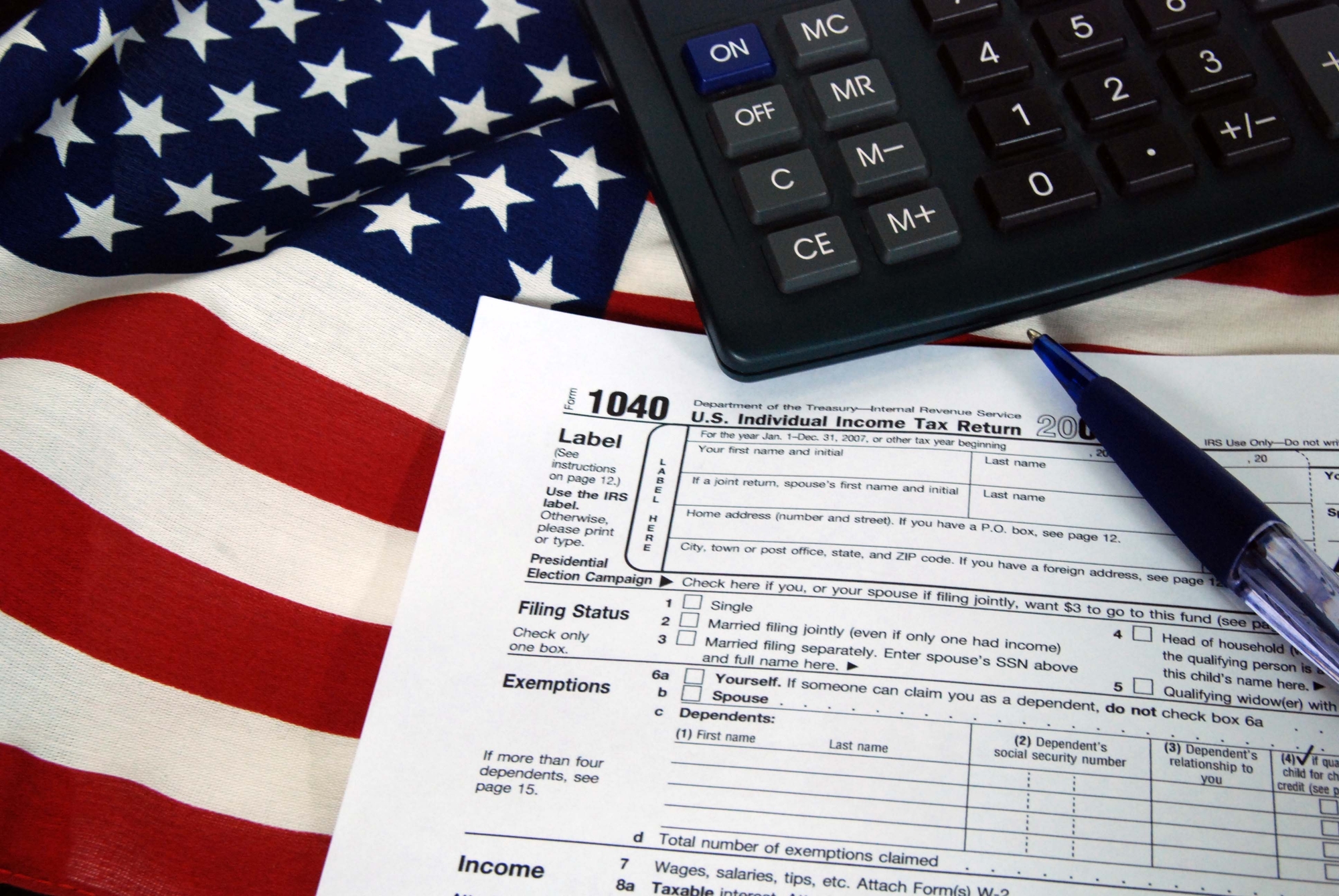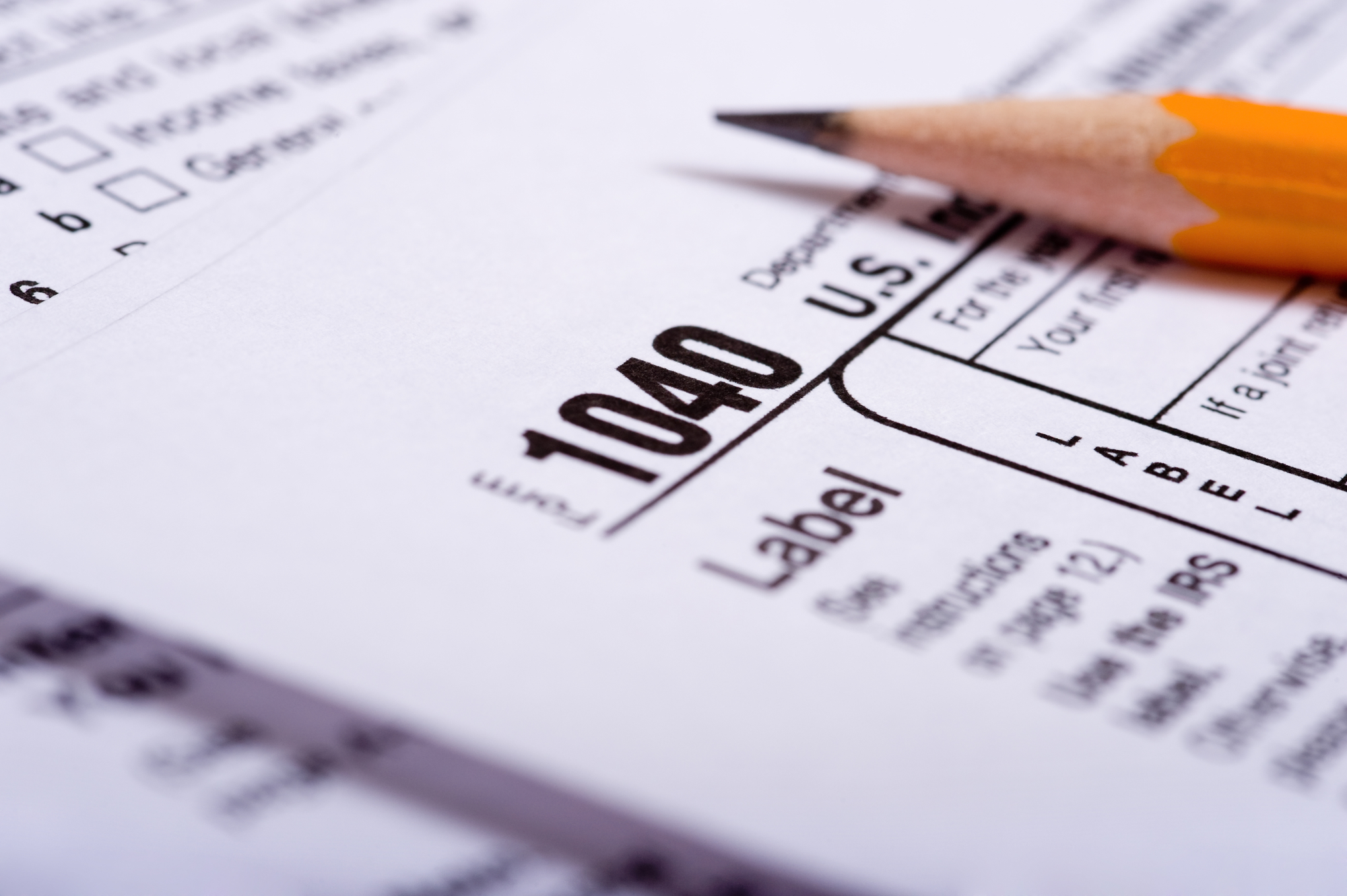Changes to the 2018 IRS Tax Forms May Not Simplify Filing for All Taxpayers
The Tax Cuts and Jobs Act resulted in many changes to the 2018 tax forms that will be filed by individual taxpayers this filing season. Forms 1040EZ and 1040A no longer exist. The appeal of Form 1040EZ, as its name implies, was that it was easy to use. But starting this filing season, filers who previously used Forms 1040EZ and 1040A will need to use the longer and more complicated Form 1040. The changes to the forms for individual filers are supposed to simplify the process so that they can file their taxes on a paper the size of a postcard. The original Form 1040 was two pages and was revised to shrink it to two half pages, or the equivalent of one page. At first glance, it appears as though there will be a significant decrease in the amount of time required to file. However, the data required by the prior Form 1040 was not eliminated. Most of those same lines of data were removed from the Form 1040 but were replicated on six new schedules. The new schedules are as follows: Schedule 1 – Additional Income and Adjustments to Income, Schedule 2 – Tax, Schedule 3 – Nonrefundable Credits, Schedule 4 – Other Taxes, Schedule 5 – Other Payments and Refundable Credits, and Schedule 6 – Foreign Address and Third Party Designee.
The changes to the forms for individual filers are supposed to simplify the process so that they can file their taxes on a paper the size of a postcard. The original Form 1040 was two pages and was revised to shrink it to two half pages, or the equivalent of one page. At first glance, it appears as though there will be a significant decrease in the amount of time required to file. However, the data required by the prior Form 1040 was not eliminated. Most of those same lines of data were removed from the Form 1040 but were replicated on six new schedules. The new schedules are as follows: Schedule 1 – Additional Income and Adjustments to Income, Schedule 2 – Tax, Schedule 3 – Nonrefundable Credits, Schedule 4 – Other Taxes, Schedule 5 – Other Payments and Refundable Credits, and Schedule 6 – Foreign Address and Third Party Designee.

Many taxpayers will be able to use the postcard-size Form 1040 solely, but others will not. For instance, taxpayers with a filing status of “Single” who only receive income reported on a W-2 and who do not wish to take certain deductions or credits will be able to file their taxes using Form 1040 without any additional schedules. During the 2017 filing season, taxpayers filing with a status of Single made up almost half of all taxpayers.  However, if those same taxpayers want to take advantage of certain deductions and credits, or if they need to report certain types of income, they will need to use the additional schedules. For example, taxpayers who received state tax refunds or unemployment compensation will be required to file Schedule 1. Additional examples of taxpayers who will need to file Schedule 1 include those who want to deduct student loan interest and teachers who want to deduct expenses incurred to buy school supplies. Other individuals who will be required to use one of the new schedules include taxpayers who want to claim nonrefundable credits. For instance, taxpayers with child and dependent care expenses who wish to claim that nonrefundable credit will need to use Schedule 3. The above tax situations are just a few that will prevent a taxpayer from filing solely using the postcard-sized Form 1040. Contact Chandra Nottage if you have questions about how the Tax Cuts and Jobs Act will impact you during this tax filing season.
However, if those same taxpayers want to take advantage of certain deductions and credits, or if they need to report certain types of income, they will need to use the additional schedules. For example, taxpayers who received state tax refunds or unemployment compensation will be required to file Schedule 1. Additional examples of taxpayers who will need to file Schedule 1 include those who want to deduct student loan interest and teachers who want to deduct expenses incurred to buy school supplies. Other individuals who will be required to use one of the new schedules include taxpayers who want to claim nonrefundable credits. For instance, taxpayers with child and dependent care expenses who wish to claim that nonrefundable credit will need to use Schedule 3. The above tax situations are just a few that will prevent a taxpayer from filing solely using the postcard-sized Form 1040. Contact Chandra Nottage if you have questions about how the Tax Cuts and Jobs Act will impact you during this tax filing season.

